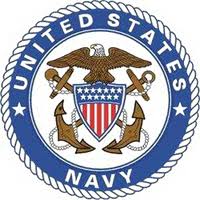
And the US Navy is just one of the seven branches of the US armed services, so with numbers like that it’s no wonder that the US spends so much of its budget on the military. And as the United States’ budget continues to grow along with its population, more scrutiny is being placed on the amount of money being spent by its armed forces. Several branches are starting to see additive manufacturing as potential cost saving applications that can both speed up vehicle maintenance and reduce the overall cost in time and money spent on repairs. Many are actively looking to incorporate 3D printing technology into the maintenance workflow.
Inovati’s Kinetic Metallization system includes a specialized cold spray “KM Gun” that accelerates metal micron-scale particles up to speeds to Mach 1 and deposits them on the surface of the damaged part. The powder collides with the part so fast that it causes the material to plastically deform upon impact with the part surface, which will cause a true metallurgical bond with the surface. The superfine (ranging from 1-50 microns in size) metallic powders are made of a combination of metals and ceramics that build up a new surface, layer by layer, that replaces protective coatings or even repairs damage. Excess material on the part is simply machined off, leaving behind a brand new surface identical to the original component. The KM Gun is controlled with a robotic arm capable of seven axes of movement that allows for very precise application of the powdered material with a high-degree of repeatability.
Here is a video of the process:
The parts that Inovati recently successfully repaired using their Kinetic Metallization process were a pair of Super Hornet F-18 AMAD gearbox housings. By repairing the parts rather than replacing them, the Navy saved over $150,000 and 15 month lead time. Inovati has been offering cold spray technology for two decades, and has continually worked to streamline and improve the quality, speed and accuracy of its product. Currently, the Kinetic Metallization process has been used on rocket nozzles, aircraft parts and telecommunications racks. Discuss this story in the Navy 3D Printing forum thread on 3DPB.com.